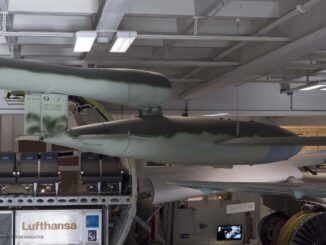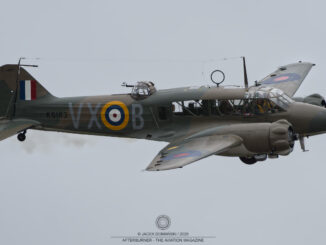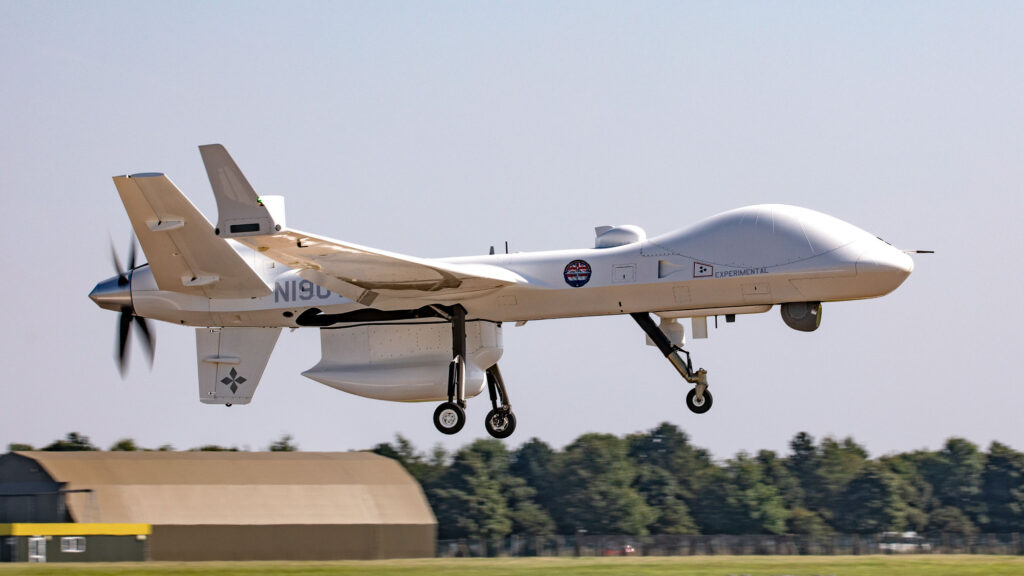
The UK Ministry of Defence recently confirmed that the General Atomics MQ-9B SkyGuardian unmanned aerial vehicle (UAV) is being assessed as a potential carrier-based airborne early warning (AEW) platform for the Royal Navy.
Ben Obese-Jecty, the Conservative Member of Parliament for Huntingdon, in his Parliamentary Question from 12th May 2025 asked the Secretary of State for Defence if the ministry has assessed the feasibility of the Royal Navy and the Royal Air Force using uncrewed, remotely piloted aircraft systems to provide airborne early warning.
On 19th May, the Defence Minister Maria Eagle responded as follows:
‘The Ministry of Defence is actively assessing the potential of uncrewed remotely piloted aircraft systems (RPAS) to support airborne early warning (AEW) roles across the air environment. These assessments are part of broader efforts to modernise UK defence capabilities through the integration of autonomous systems. While current RPAS platforms are predominantly used for land and maritime surveillance tasks, future developments may enable their use in AEW missions.’
In his other question, also tabled on 12th May, the MP Obese-Jecty asked the Defence Minister about the possibility of using specifically the MQ-9 by the Royal Navy in carrier-based operations.
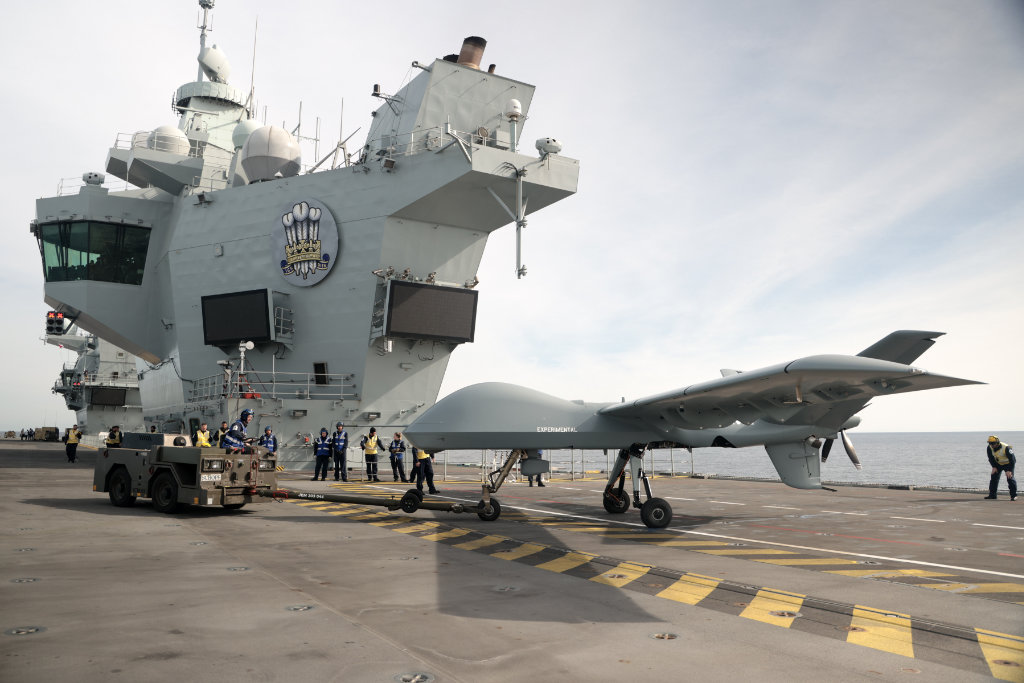
On the second question, Maria Eagle replied:
‘Through the MQ-9 International Cooperation Support Partnership, of which the United Kingdom is a signatory, the Royal Navy (RN) has established that the General Atomics MQ-9 can be modified to operate from the Queen Elizabeth Class carriers. As such, the MQ-9 is being considered as a candidate for the RN’s requirement for Carrier Strike Airborne Early Warning following the planned withdrawal of the Crowsnest Airborne Early Warning system when it reaches the end of its service life.’
Currently, the AEW capability for the Royal Navy is provided by a high-power radar system, named Crowsnest, integrated with Merlin HM.2 ASaC (Airborne Surveillance and Control) helicopters. However, despite reaching full operational capability in 2025, the Crowsnest system is planned to be phased out by the end of 2029. This created an urgent need to develop a next-generation solution as a replacement. The potential use of the MQ-9B represents a step towards the RPAS technology and fits into a growing trend in modern military aviation.
In November 2023, off the East Coast of the USA, the Royal Navy successfully performed take-off and landing trials of the General Atomics Mojave UAV – developed from the MQ-1C Gray Eagle and MQ-9 Reaper – aboard HMS Prince of Wales. This trial marked the first time a large, unmanned aircraft operated from a non-US carrier. At the same time, the Mojave became the largest UAV ever launched from a Royal Navy aircraft carrier.
Most likely, the success of the Mojave tests had a direct impact on the MQ-9B SkyGuardian being considered as a future carrier-based AEW measure. This choice is also supported by the fact that the Royal Air Force already operates the MQ-9B drones, known in the British military as Protector RG Mk 1.
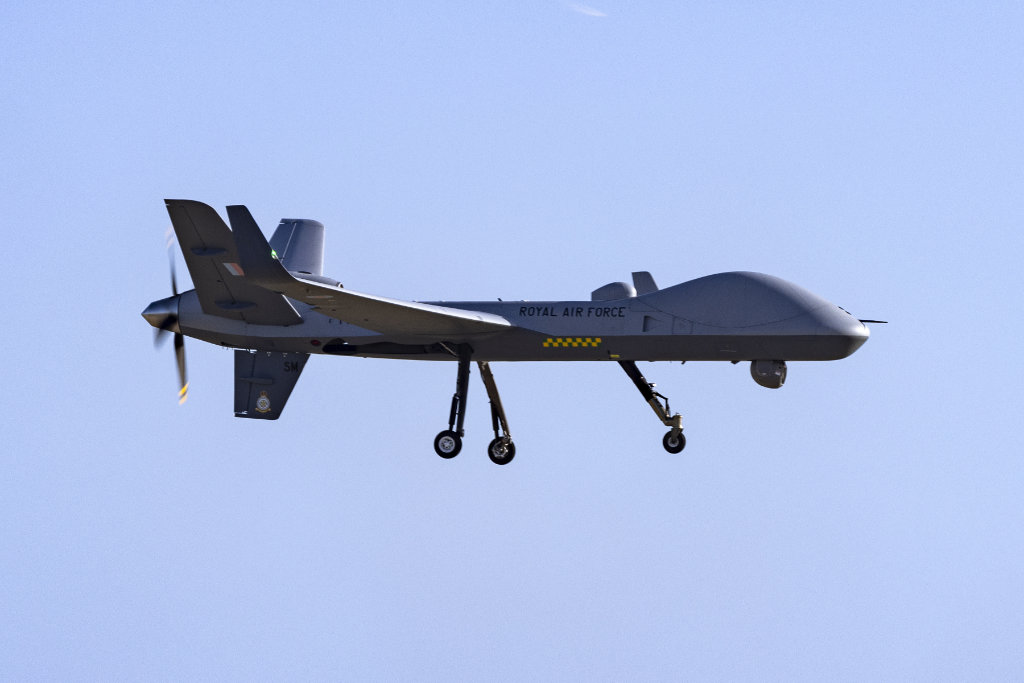
Cover photo: Pre-production example of the RAF Protector UAV taking-off. (Photo: Sgt Nicholas Howe RAF, UK MOD © Crown copyright 2021).
UK Parliament, Written questions, answers and statements were used in the article.

